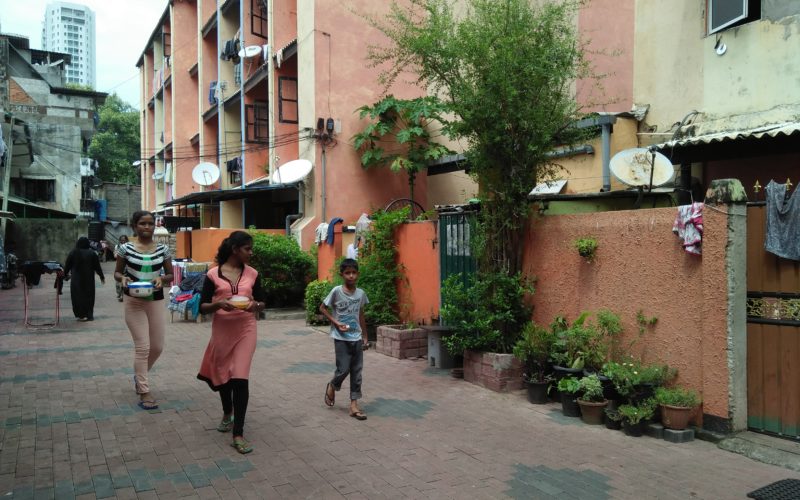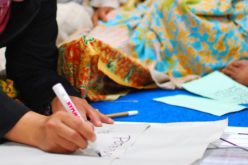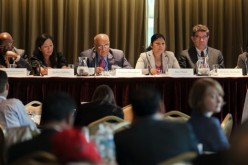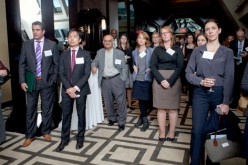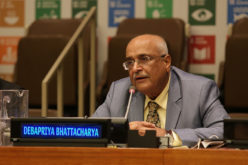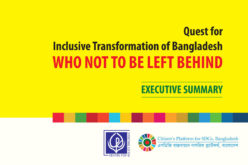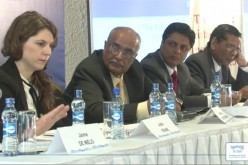by Nirmani Liyanage, social researcher on urban development at the Centre for Poverty Analysis (CEPA), Sri Lanka
Sustainable Development Goals (SDG) prioritize human development over physical development. SDG 11 aims at making human settlements inclusive, safe, resilient and sustainable. This blog post discusses the capacity of SDGs 11 targets and indicators to guide it to success. I focus on the spatial and human development in so-called underserved settlements (USS) of low-income residents in Colombo, Sri Lanka.
UN Sustainable Development Goal 11 is aimed at improving the quality of life of those who do not receive adequate public services, are left out of formal economic opportunities, and are vulnerable to accidents and natural disasters. The first target of SDG 11 is “to ensure access for all to adequate, safe and affordable housing and basic services and upgrade all slums by 2030”. The progress of this target is measured by: “the proportion of urban population living in slums or informal settlement and inadequate housing”.
According to the Urban Development Authority (UDA) of Sri Lanka, 50% of people in Colombo’s metropolitan area live in USS. They occupy 9% of the area. A citywide survey by Sevanatha Urban Resource Centre reveals that almost 80,000 households were in USS in 2012. Under the vision of creating a ‘Slum-free, world class Colombo’ the previous and current regimes have tried to replace slums with apartment buildings built for the poor who currently live in USS. The land allocated for the total is not more than 1% of the city’s surface. In addition to this land grab by the state, these programs have turned evictions and involuntary relocations into widely accepted tools of development. This forceful development is justified by potential yet never seen trickle-down effects of economic growth. While the government passed legislation accepting SDGs, the UDA action seems to defeat the former’s spirit: equity, inclusivity and sustainability. There is a colossal gap between goals and practice.
The gap seems to have emerged in the operationalization of goals; i.e., in the definitions, categorizations, calculations and justifications. This has turned half the city’s population into “victims” of development. Which is why it makes it important to rethink the connection between the SDGs and development practices: Who defines/identifies inadequate housing, slums and informal settlements? Should it be the UDA or researchers specialized on the subject? Do all of these households need “upgrading”?
The umbrella solution of upgrading “slums” into adequate housing is based on the view that all inhabitants, their housing, quality of life, and any deficits they might have, are homogenous. Studies carried out by the Centre for Poverty Analysis (CEPA) contradict this view. USS are home to families and individuals with different employments, incomes, ethnicities, etc. Each area accommodates a range of houses from concrete and brick structures with solid roofs to makeshift structures made of wood and plastic. Completely uninhabitable houses are rare. A large majority of homes have basic amenities, like electricity and water. Its residents can afford these services and they constantly keep upgrading the houses.
Although considered ‘informal,’ most have rent “contracts,” papers from a previous state housing program or other state related sources. The holders of these documents have a sense of tenure-security. According to Sevanatha and our own field observations at CEPA, the conditions of most USS have improved over time. Many residents have invested in their houses and the surroundings, and the living conditions have improved. Yet, the classification of their settlements as USS remains unchanged.
A survey by the Centre for Policy Alternatives (CPA) found that relocation did not bring any improvement in quality of life, except for some who came from the most unfortunate groups or places with frequent flooding. For most residents, relocation means moving away from the ground into smaller, inadequate spaces without the social capital and networks that sustained their economic and social wellbeing. On the top floors of these buildings, residents suffer from difficulties such as isolation, immobility, and garbage disposal problems. It is difficult for older and disabled persons to move, e.g. when elevators stop working and at times of emergency.
Hence the numbers-based claim that people are moved from slums into modern apartments does not say much about the achievement of sustainability, inclusivity and resiliency. To avoid the misguidance of development programs due to the oversimplification of results, the projects should take local realities into account. The following questions can guide their work:
- What proportion of those living in USS is truly poor, highly vulnerable, and requires a house from an external agency?
- How have the residents themselves been upgrading their housing and how is this improving their wellbeing?
- How can the social and economic access be improved so that the residents can be more self-sufficient?
- How can their creativity and social capital be utilized in achieving SDG 11?
In sum, there is no evidence to show that those who gave up their homes have improved their livelihoods by moving into a modern apartment and that the relocation contributed to the sustainability of the city. Hence, achieving the first target of SDG 11 requires a better understanding of the target populations and habitats, and the involvement of these people.
1,423 total views, 2 views today


